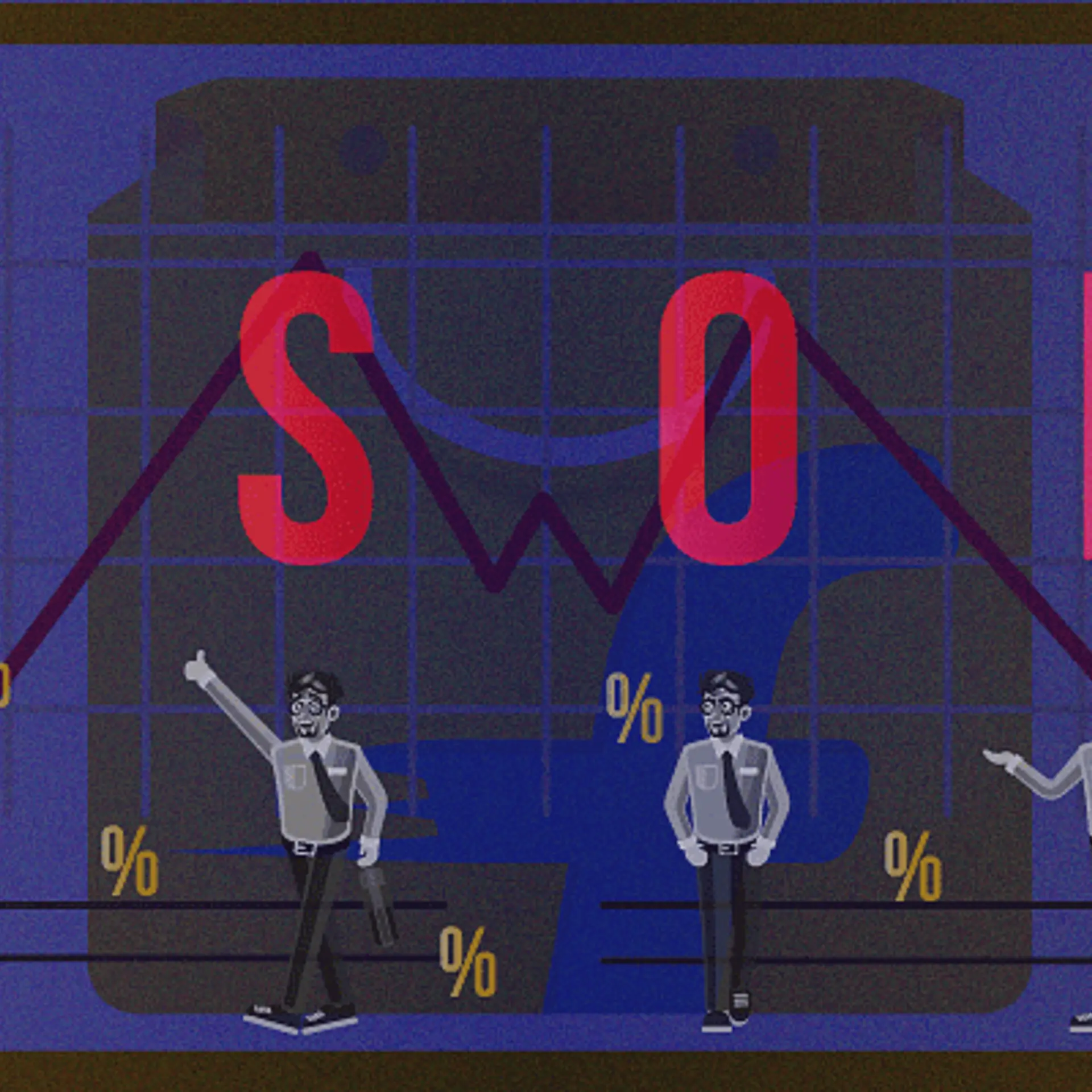GOJEK India head's take on why a Super App makes sense for the mobile-first generation
A Super App, which fits in many apps within an umbrella app, is an operating system that reduces clutter, increases productivity, and adds UX elements that make it easier for the next billion users to adapt to mobile phone usage.

In early 2015, a Chinese documentary titled Under The Dome raked in 200 million views in just three days. The 103-minute documentary didn’t release in a single theatre. More than 40 percent of viewers saw the movie on… wait for it… WeChat. With more than a billion monthly active users, WeChat is the sort of phenomenon that hasn’t been replicated anywhere else in the world. Till now. But more on that later.
WeChat is more than just an “app” on a smartphone. Tencent, its parent company, has unbundled the traditional desktop OS, or at least our idea of one. It’s one app for media sharing, social media, movie bookings, taxi-hailing, payments, video calls, commerce, and more. It also has its own Slack-like corporate account. Hell, even government agencies use WeChat.
Users check the app at least 10 times a day on an average, and more than 80 percent of users purchase products online. That kind of stickiness at such scale is unprecedented. It’s not really an app as much as an Operating System for smartphones. WeChat is a Super App.
What makes for a Super App?
In 2010, Mike Lazaridis, the Founder of Blackberry, took a stab at what a ‘Super App’ constitutes, “…representing a new class of mobile applications that make you wonder how you ever lived without them.” Lazaridis’ definition was a closed ecosystem of “many apps” that people would use every day “…because they offer such a seamless, integrated, contextualised, and efficient experience”. Blackberry, as you know, got unbundled because they charged the user to be on a “platform”, without adding services to the platform. By building a walled garden, the brand alienated its users.
A Super App is many apps within an umbrella app. It’s an OS that unbundles the tyranny of apps. It’s the portal to the internet for a mobile-first generation.
More often than not, it will likely be operating at the intersection of logistics/hyper-local delivery, commerce, payments, and social. To become a Super App, you need at least two of these functions. The idea is to scale fast once you have a user’s buy-in and add multiple services to gain loyalty.
Once you have direct offerings, the next logical step is to open the app up to third-party companies to build on a loyal user base. Now, you don’t build separate apps. Instead, you can host your offerings on a single Super App. Step by step, the Super App becomes the OS.
In that context, there are a rare few who have what it takes to build a new-age, mobile-first OS that can be categorised as a Super App.
But why a #SuperApp?
By removing clutter from a smartphone OS and its multiple apps, UX acts as a bait to get the next billion on a smartphone. Design becomes a language for the uninitiated.
But among a dozen reasons why, here’s the most hilarious one:
Remember India’s “Good Morning” message phenomenon? Every day, India’s mobile users send a “good morning” image to their friends and family. According to a WSJ report, “These images have an overabundance of sun-dappled flowers, adorable toddlers, birds and sunsets sent along with a cheery message.” As a result, one in three smartphone users ran out of space daily, according to a Western Digital report. And the first thing they do to free up space is… delete apps. But it’s not about space constraints anymore (that’s a thing of the past) — it’s about breaking design language barriers so more baby boomers and the next billion users can participate in the Internet economy. In a nation of 1.3+ billion people, a little over a third of India has access to the internet.
India ranks well below the global average for mobile connectivity in the world. Mobile broadband connectivity is only slightly better than Kenya. A Statista report shows there are over four million apps available between just the Google Play store and the Apple App Store, and the glut is painful for countries with limited smartphone memory and a saturated market.
A Super App corrects this imbalance. It sits on top of a mobile OS by shrinking the time taken to complete a specific task and in turn, increase productivity. For the next billion users, it also adds UX elements that make it easier for users to get accustomed to mobile phone usage.
Is it easy? No. Ask Facebook. For about two years, Facebook’s Messenger tried to build the WeChat of the West without much success.
The Big Sell
The biggest moat to build a Super App is payments. Once you’re handling money for a user, you can build a castle of services within it.
Southeast Asia is riddled with fascinating opportunities for growth. This is an area that trades cost for convenience and the digital economy is at its zenith. A Google and Temasek report stated that the Indonesian internet economy touched $27 billion in 2018, and it’s estimated to grow to a staggering $100 billion by 2025. Jobs, livelihoods, and the emergence of a new era in software. The unravelling of SEA’s story defies logic in some regard - 650+ million people vs 1.3 billion people in India. And yet, if I were to place my bets, I’m wildly optimistic of the future of tech in SEA.
Article was previously published here
(Disclaimer: The views and opinions expressed in this article are those of the author and do not necessarily reflect the views of YourStory.)







